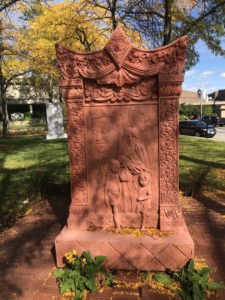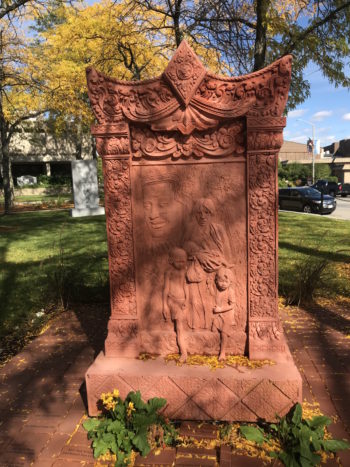Stepping into 2019, I like to remind our readers of some important benchmark in Cambodian history. It is a year for all the Cambodian people around the world to pause and observe the 40th anniversary of the fall of the Khmer Rouge in Cambodia, a regime that killed nearly a quarter of its own population between 1975 and 1979 through execution, starvation, and disease in labor camps. That dark history period led many Cambodian people to flee the country and live where they are today.
On January 7, 1979, in the wake of the fall of the Khmer Rouge regime, hundreds of thousands of people fled to Thailand’s borders to seek refuge in any Western country that would take them. Many ended up in France, United States, Australia, New Zealand and Canada.
As a result of this migration, in 1980 when the United State Census counted the Cambodians for the first time, there were 16,044 Cambodian people in the United States, half of whom had been admitted as refugees.
The Refugee Act of 1980 allowed many more Cambodians to be admitted to the United States and the migration increased sharply to 149,049 over the next decade. By 2010, the census found 276,667 people of Cambodian descent are living in the United States.

In Massachusetts, the same Census showed 25,387 Cambodian residents, the second largest concentration in America after California.
Similar to Vietnamese or Jewish people who fled their homes unexpectedly because of fear of execution, the Cambodians came with a backpack on their shoulders with little or no clothes and no money with which to start their new lives in America. However, unlike members of many other ethnic groups who migrated to the U.S. with existing communities here to help them settle and transition to the American way of life, the Cambodian migrants were all new arrivals who arrived here at the same time. They had little to no resources and struggled to find their living paths in their new country.
The common barriers of language and culture they faced helped band them together to create a strong new community that rapidly adapted to American life. They became resources for each other and created a unique community around shared food, family, culture, and religious practices.
From places in New England like Lowell and Lynn in Massachusetts and Providence and Cranston in Rhode Island, to Midwestern cities like Houston, Texas to West Coast places like Long Beach, California and places in between like Chicago, Minnesota, Philadelphia, Virginia, and New York – wherever there are Cambodian people, there is a community in which you will find a Cambodian temple or two, cultural dance groups, community leaders, and small mom and pop stores like grocery markets and restaurants which are important economic engines that support the community.
With the 40th anniversary of the fall of the Khmer Rouge, the KhmerPost USA will focus on sharing with our readers the ways in which the Cambodian diaspora commemorates this important historical milestone. Stay tuned for more on this topic in future editions. – by Soben Pin, Publisher of the KhmerPost USA

